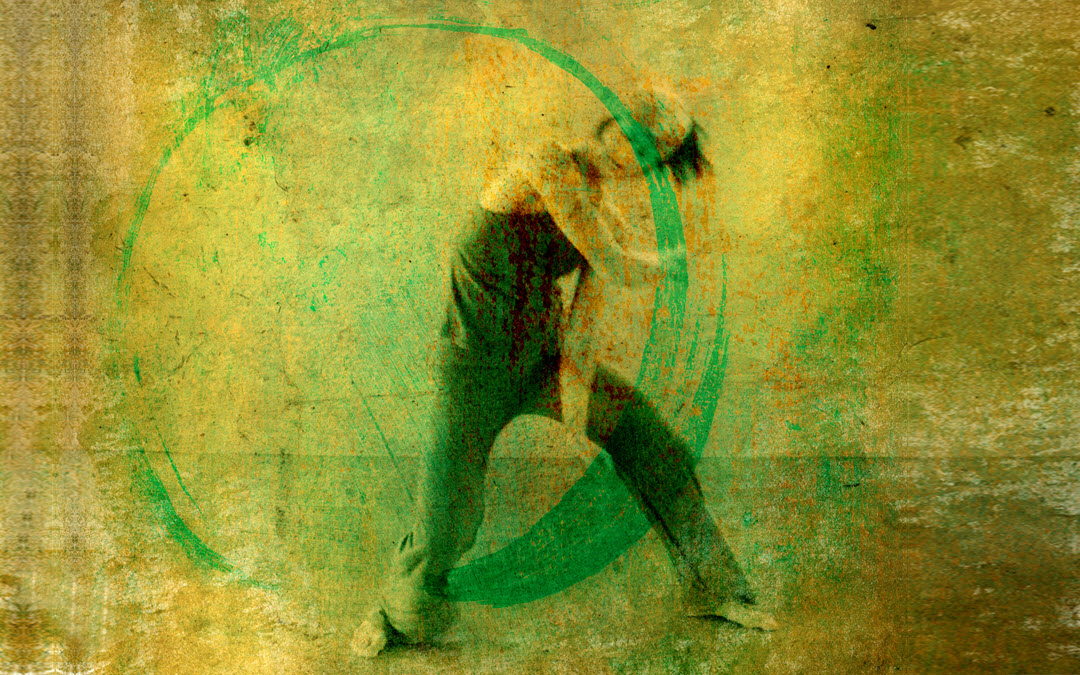Therapy as a Creative Process
In our practice, we love using creative and experiential approaches. We believe that all people have an innate drive toward well-being and that our role as therapists is to support you in connecting to your own vitality and developing your ability to heal, change, and grow. We look at this work as a creative process, and we approach therapy with a respect for both the science and the art behind it.
Our clinicians are licensed mental health therapists who have training in using creative and innovative approaches in therapy. Some of our therapists are trained and credentialed dance/movement therapists. We use various expressive arts and creative approaches alongside other traditional and integrative psychotherapy methods.
We introduce creative arts and movement psychotherapy approaches when we believe they will support your therapeutic processes, and we tailor them in ways that are right for you, your interest, and your comfort level.
Creative Arts Therapy
The creative arts therapies use expressive art forms in psychotherapy. Visual arts, movement, drama, music, poetry, writing, and other creative processes are utilized to address the whole self and engage the imagination in support of healing, growth, and well-being.
Dance/Movement Therapy
Dance/movement therapy (DMT) is a somatic (body-based) psychotherapy and a creative arts therapy. It draws on the mind-body connection, the creativity and expression of dance and the arts, and the ability of movement to help us connect to ourselves, one another, and our environment.
The American Dance Therapy Association defines dance/movement therapy (DMT) as the psychotherapeutic use of movement to further the emotional, cognitive, physical, and social integration of the individual. Dance/movement therapy takes many forms and can vary widely depending on the context in which it is being practiced.
Mind, Body, Emotions
Thoughts and emotions are both experienced and expressed through the body, and your body and your movement reflect your internal experience. This might be subtle, such as a slight change in facial expression, or more prominent in large gestures or movement.
For example, imagine feeling stressed because you’re overwhelmed with feeling you have too much to do and too little time to do it in. Your thoughts may swirl in your head or focus on checking and re-checking your to-do list.
If you pay attention, you’ll notice that the sense of turmoil or feeling stuck are mirrored in your body. You may have a similar whirlwind of activity in your chest or belly. Your neck and jaw may be tense, eyes focused and intense, and hands and fingers clenched and just trying to “hold on.”
Using the arts and movement in therapy can increase body-mind awareness and help you develop new ways of coping with challenges.
The Creative Process Is Transformative
The creative process is a predictable cycle of stages that we go through when making anything. This is true whether we’re engaged in a work of art or forging a friendship. Creativity involves making something new – new ideas, new creations, new ways of doing things.
Including the creative process in therapy can help you realize that the uncertainty and difficulties that are part of change are normal, can be transcended, and lead to something new. It generates a sense of ‘aha!’ when you make discoveries and feel the power of growth in your life.
Getting to the Heart of the Matter
When you have feelings or thoughts that might be painful, the brain can do a very good job of keeping you from being aware of them. This is sometimes known as denial, or minimization, or just plain sweeping things under the rug–right into the subconscious. It can sometimes be very difficult for you to discover what’s true for you under the surface through more traditional talk therapy alone.
The imaginative and creative parts of the brain are curious and want to know, want to discover, even want novelty and adventure so long as you feel safe. The arts and working with the body and movement can bypass ways you usually avoid thinking or feeling about things and help you get to the crux of the issues. They can also make it easier to really work with things that are important even when they are scary or difficult.
Making Difficult Moments Lighter
Many people think of therapy as something serious and difficult, and it can be. But it can also involve humor and laughter. Playfulness is an important part of healing, and it can also play a role in problem solving, deepening connection with others, and simply feeling good.
The arts and movement offer opportunities for play and exploration. They can help make something that feels difficult more bearable by offering different means of expression, by making something more tangible, or sometimes by making it more abstract.
Creative arts therapy and movement in therapy can help you to make connections between your body/movement, your emotions, your thinking, your relationships, and how you interact with your environment. As you do this, you can also create opportunities to try out new ways of expressing yourself and responding to your life.



